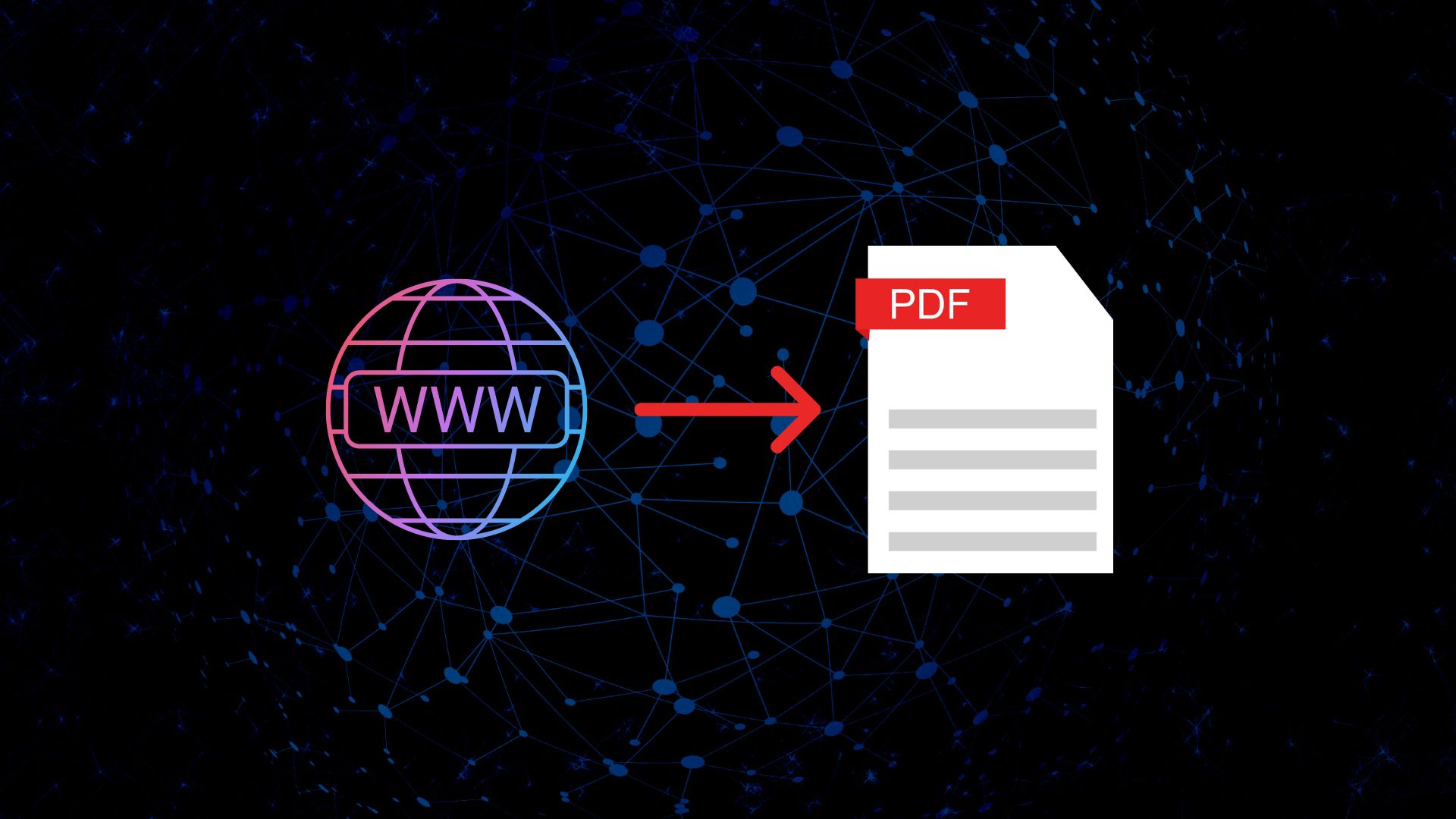Mac: The easiest way to save a webpage as a PDF on macOS
For Mac users, the quickest way to save a webpage as a PDF is by using the native Safari browser.
Once you open the app, go to the online address you wish to keep, then click “File > Print.” from the menu bar. After that, make changes to suit your preferences, including page range, pages, color, and more.
Next, click on the PDF button at the bottom of the preview page. Add a name for the file in the “Save As” box, decide where to save the document, then click “Save.” That’s it. Your webpage is now preserved as a PDF in the location you selected. You can open it with the built-in Preview app or a third-party tool.

Windows: Using Chrome
In Windows, to start, open the webpage you wish to save through the Google Chrome browser. Next, click on the “…” at the top right. Choose “Print” from the menu. Choose “Save As PDF” from the toggle on the next page. Make changes to the layout and color as needed. Under “More Settings,” you can adjust other options, including paper sizing and sizing. Click the “Save” button, then choose a location for the PDF. Click “Save” again to finish the process.

Windows: Using Microsoft Edge
In Microsoft Edge, there’s now a built-in “Save As PDF” option. To use it, visit the webpage you wish to save through the Microsoft Edge browser. Next, click on the “…” icon at the top right. Next, choose “Print” from the pull-down menu. Then, on the left-hand side, open the Printer toggle and select “Save As PDF.”
Next, under “Layout and Pages,” you can adjust the orientation and page range to match your needs. Then, under “More Settings,” you can change other options such as page size and scaling. Finally, choose “Save” and select a destination for your PDF. Click “Save” again to complete the process.
SEE ALSO: How To Use The Street View Feature in Google Maps

There’s also a “Microsoft Print to PDF” in Microsoft Edge, which takes just as many steps as above.
First, visit the webpage you wish to save through the Microsoft Edge browser. Next, click on the “…” icon at the top right. Choose “Print” from the pull-down menu. On the left hand side, open the Printer toggle and select “Microsoft Print to PDF.” From there, click “Print.” Next to File Name, give your PDF a name, then choose a location for it to be saved. Click “Save” to finish the process.

Windows: Using Mozilla Firefox
Mozilla Firefox, also makes saving a webpage as a PDF relatively pain-free. To start, open the webpage you wish to save through the Firefox browser. Next, click on the symbol on the right with three horizontal lines. From the pull-down menu, select “Print…” and choose “Save As PDF” from the toggle on the next page. Make changes to the layout and color as needed. Under “More Settings,” you can adjust other options, including paper sizing and sizing. Click the “Save” button, then choose a location for the PDF. Click “Save” once more to finish the process.
As you can see, saving web pages through a browser is quick and easy. From there, you can decide to keep those files on your computer for future use or eventually print them out in a physical form. It’s your choice.
